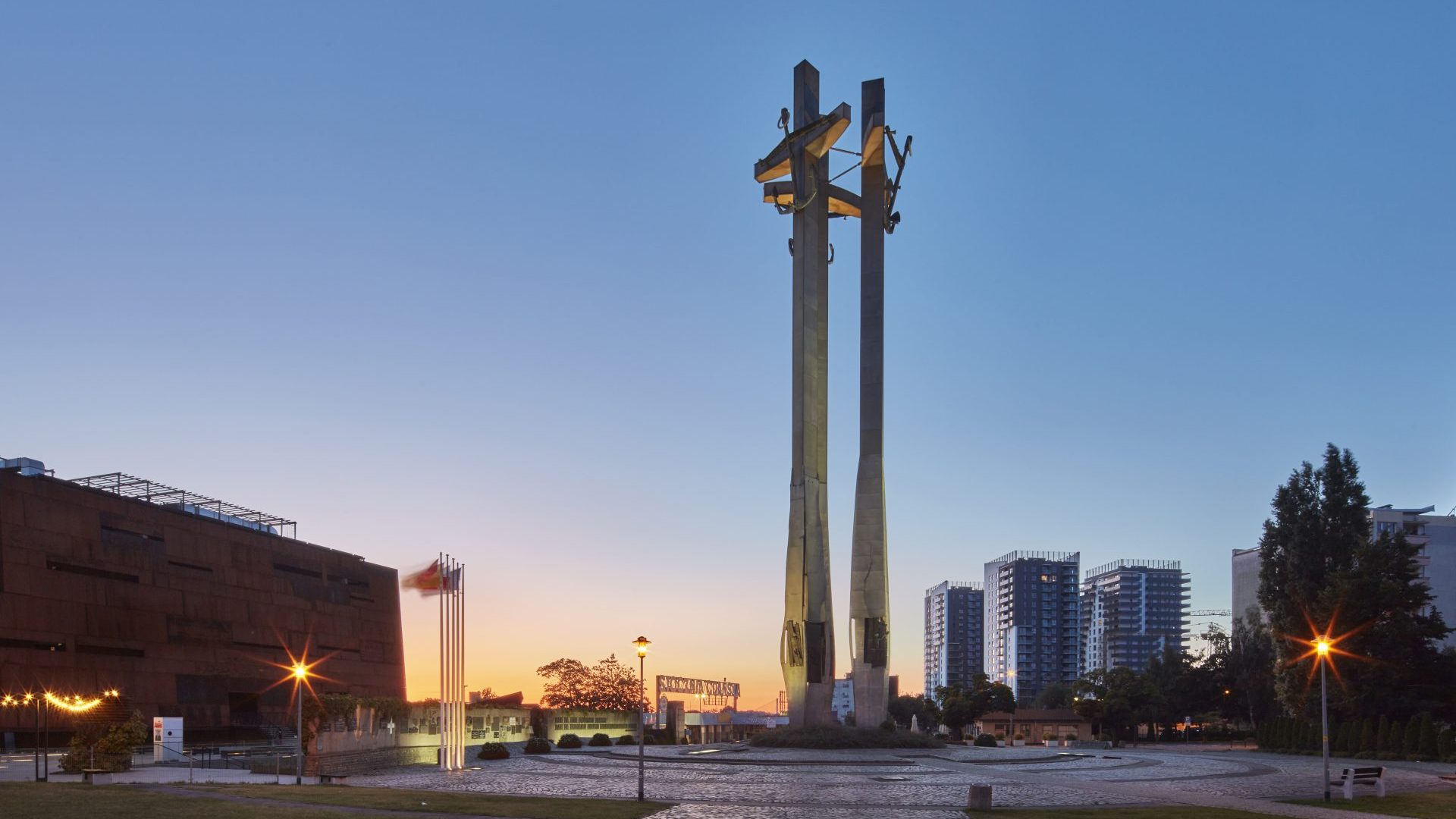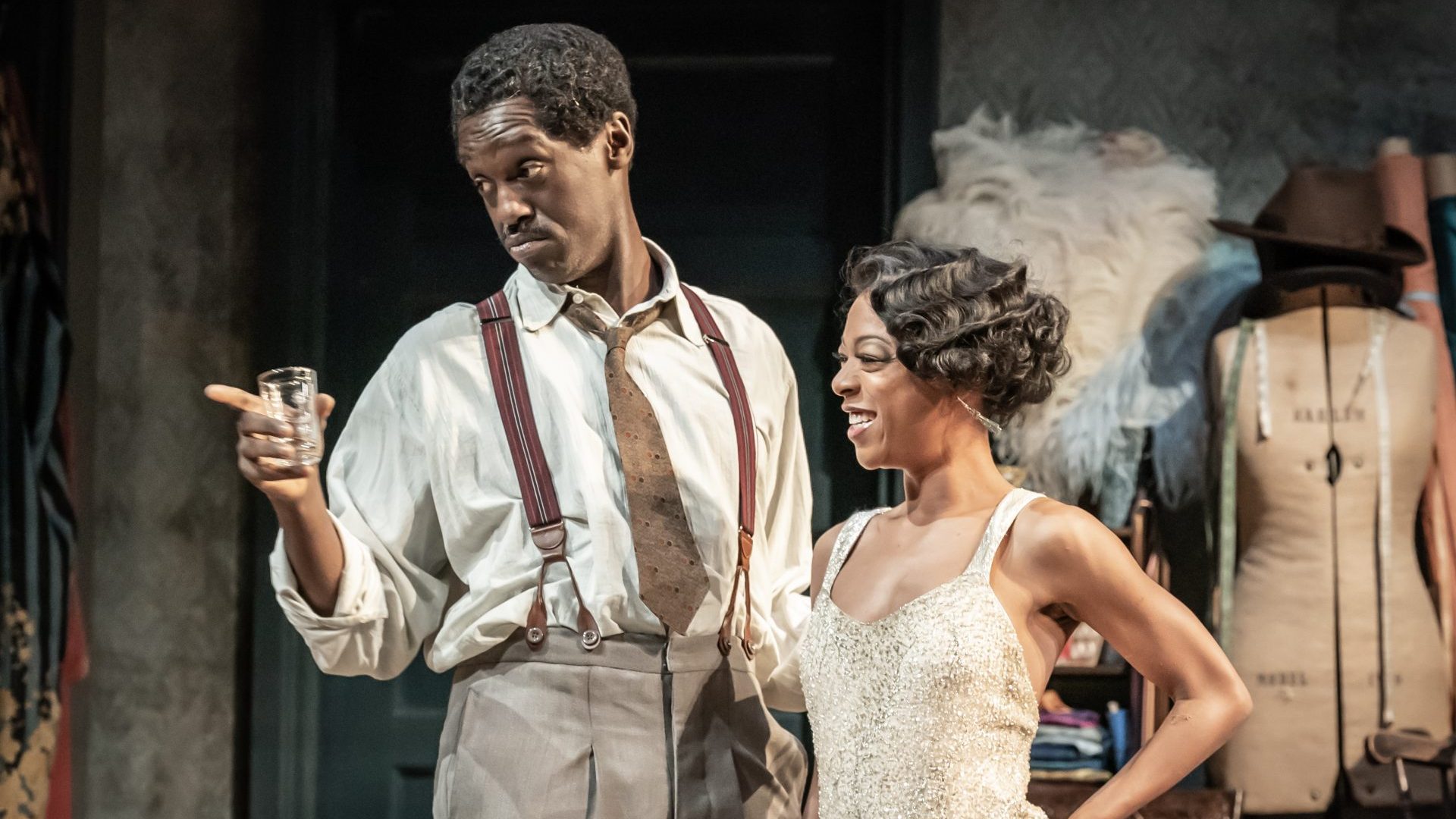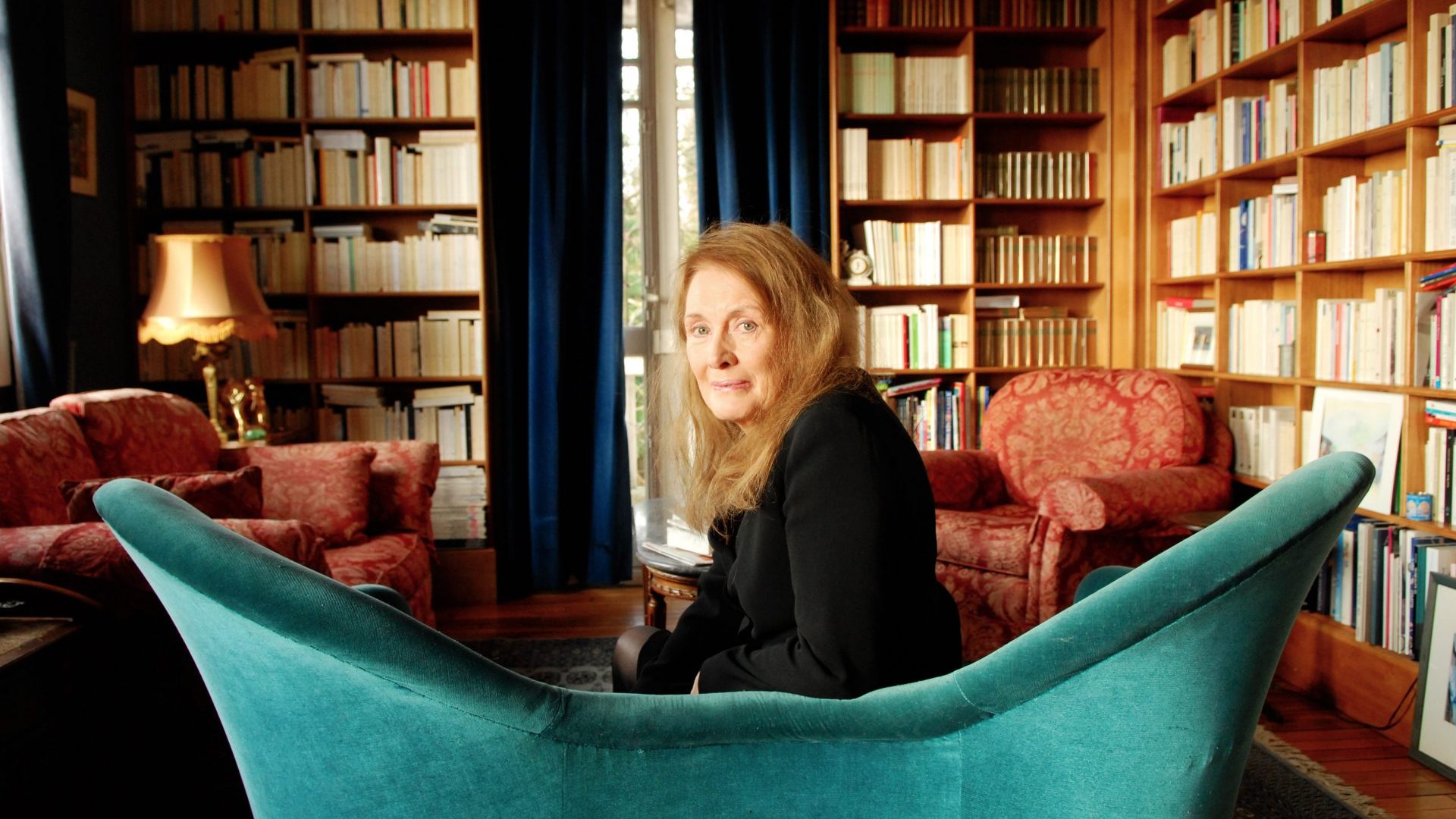Dictatorships rely on silence. Yes, they enforce power with guns, imprisonment and violence, but they must still suppress the voices of the
people to stay in control. As Leonardo da Vinci reflected centuries ago:
“Nothing strengthens authority as much as silence.”
But, eventually, the people do speak out. It may take many years but when tyranny becomes unbearable they gather together, they shout, they heckle, they sing and tyrants are toppled. Only last month, one of Russia’s best known pop stars, Alla Pugacheva, lamented the way “our lads are dying for an illusory cause.” One small voice can become a chorus.
And we hear that chorus in Iran where millions of women are removing their hijabs, cutting their hair and raising their voices against the regime’s hated morality police.
There are few moments in history when the clamour of protest was louder than the world-changing events between 1987 and 1989 when the eastern bloc countries, for decades under the dead hand of the USSR, rose up to drive out the oppressors.
The gate to freedom had been cautiously opened by the Soviet Union’s president Mikhail Gorbachev after his election in 1985. He saw the need for political and economic restructuring and called for an era of transparency and openness. He did not foresee how this glimpse of freedom would galvanise the people.
The gates were flung open by brave, rag-tag bands of dissidents who did not
use violence but, inspired by electricians, priests and playwrights, drew on folk music festivals, candlelit processions and underground theatres to express their opposition to communism.
Many peaceful protesters died at the hand of the Soviet security forces as they tried to cling on to power but what, after all, is an occupying force to
do when faced with thousands of people waving flags and singing songs? Shoot them all? Gorbachev did not want violence. The moment had passed. The Berlin Wall fell on November 9 1989, and the USSR was condemned to history. The adage “The power of the people is more much stronger than the people in power” was proved to be more than just a slogan.
Photographer Paul Raftery has spent three years photographing the city squares, the monuments and churches in the nine countries where the protesters gathered to vent their anger. In what became seminal moments in the struggle for liberty.
For an exhibition New Dawn for Europe, he visited each site at dawn when all the streets were deserted to capture the mood of fearful expectancy which would have gripped the crowds as they gathered in the shadows ready to march, unsure whether they would be shot down or carted off to a Soviet prison.
“These were the sites where people of all ages came together to demand political change,” he says. “Above all, they demanded an end to communism.
I took the photographs at dawn between the moment the sun comes up and street lights go down because I wanted to capture the beginning of a new day and suggest how it symbolises the beginning of a political era.
“I did not want to produce a documentary,” he insists. “I have tried to make a work which is a meditation on the use of public spaces by the protesters and an investigation of memory, democracy and place. These sites have even more relevance now in 2022 when these countries see what is happening in Ukraine and live in fear of a return to autocracy.”
New Dawn for Europe is at the Anise Gallery, London SE 23 1AH until October 22
EASTERN EUROPE’S CENTRES OF REVOLUTION
Lenin Shipyard, Gdańsk, Poland
The monument is for the Fallen Worker, strikers who were killed in anti-communist riots in 1970. Behind are the shipyard gates where for 20 years the workers of the Solidarnosc union (Solidarity) and their leader, one-time electrician Lech Wałęsa, resisted violence and imprisonment in their struggle for the right to exist. Brandishing their bold red and white flags, the defiant workers made Gdańsk the epicentre of resistance to the USSR, triumphantly vindicated when Wałęsa was voted president.
Freedom Square, Budapest, Hungary
On March 15 1989, the regime permitted a rally to celebrate the 1848-49 revolt against Austrian rule in Liberty Square – where once stood a monument to Hungary’s liberation from the Nazis by the Soviet army. Instead of a cheering, supportive throng, many thousands of demonstrators waved flags as they surged past the state television company into what is now Freedom Square, chanting: “No more shall we be slaves. Freedom.” By May 1989, the government had fallen.
Opera Square, Timișoara, Romania
Now called Victory Square, this was where the end of communism and one of the harshest regimes in eastern Europe, was proclaimed, but not without bloodshed. On December 20 1989, dictator Nicolae Ceausesçu’s security forces opened fire on demonstrators, killing at least 1,000 and injuring several thousand more. Three days later Ceaucesçu attempted to rally support in a mass meeting in Budapest but was jeered off the podium. Within days, he and his malign wife Elena were executed.
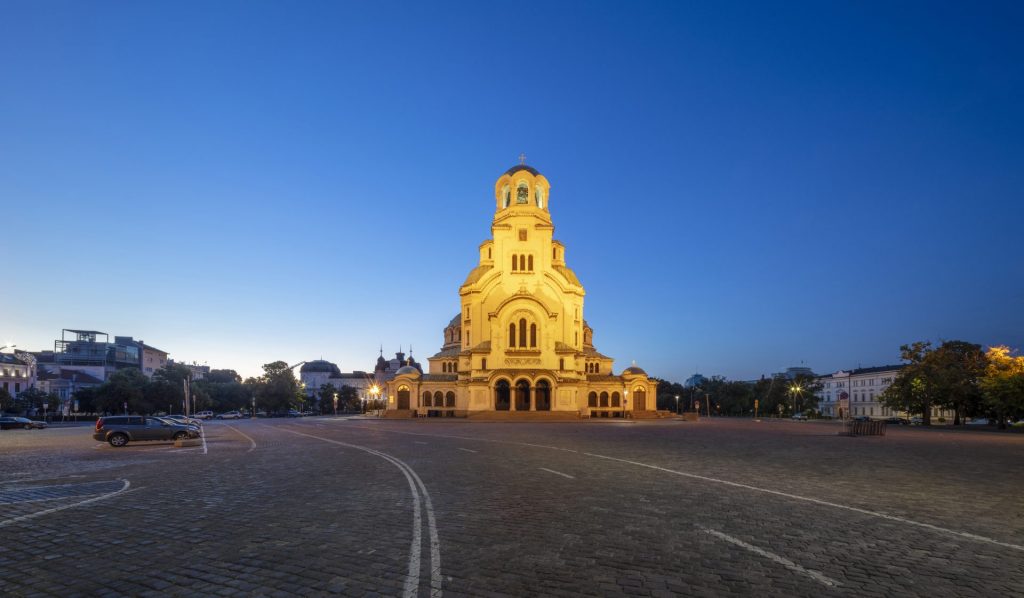
Alexander Nevsky Square, Sofia, Bulgaria
The regime of Todor Zhivkov, general secretary of the Communist Party from 1954 until 1989 was one of the most hardline of the satellite states yet protests against a scheme to victimise the 800,000 Turkish population and anger at a desperate economic situation found its clamorous voice around St Alexander Nevsky Cathedral. Disliked by Gorbachev and threatened with execution, Zhivkov resigned on November 10 1989. A reign of fear ended with a whimper.
The Freedom Monument, Riga, Latvia
During the Soviet occupation, any gathering at the Freedom Monument with its inscription “For the Fatherland and Freedom” was forbidden. As Soviet power diminished this edict was flouted by protesters who gathered around the elegant column, brandishing flowers and singing folk songs to express their defiance. Gorbachev sent in his special police, killing five, including a student. But they were no match for this chorus of defiance. Latvia declared its independence on May 4 1990.
Song Festival Grounds, Tallinn, Estonia
Estonia also has a tradition of gathering in open spaces like this to sing traditional folk songs and help preserve the country’s cultural heritage. What became known as the Singing Revolution was a subtle way of unifying the country against the occupiers. Who could possibly object to people singing, even if some estimate the crowds to have reached up to 300,000? The show goes on; the venue has hosted Tina Turner, Madonna, the Rolling Stones, Lady Gaga and many more.
Vingis Park Song Ground, Vilnius, Lithuania
In 1989 the newly formed Reform Movement organised the Baltic Way, a chain of two million people holding hands which stretched from the Song Ground for nearly 675 kilometres through Lithuania to Estonia and Latvia. It was organised to mark the Molotov-Ribbentrop Pact – a treaty signed 50 years before between Russia and Germany to carve up the Baltic States – but was a splendid act of unity and defiance to which the Soviets had no riposte.
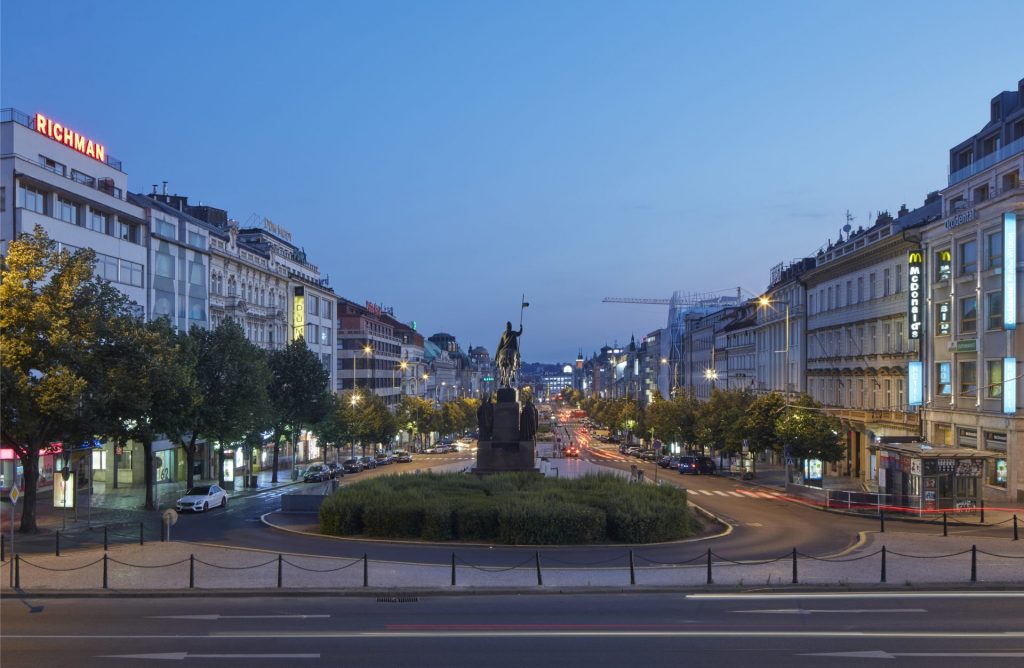
Wenceslas Square, Prague, Czechoslovakia
The Czech Republic exists thanks to the Velvet Revolution, a non-violent uprising led by writer and poet Václav Havel and enthusiastically supported by actors, students and the liberal elite. More than half a million people flocked to Wenceslas Square in November 1989 to protest at the violence used by police to suppress a student demonstration. The first election was held in 1990, Havel became president and three years later Czechoslovakia was split into the Czech Republic and Slovakia.
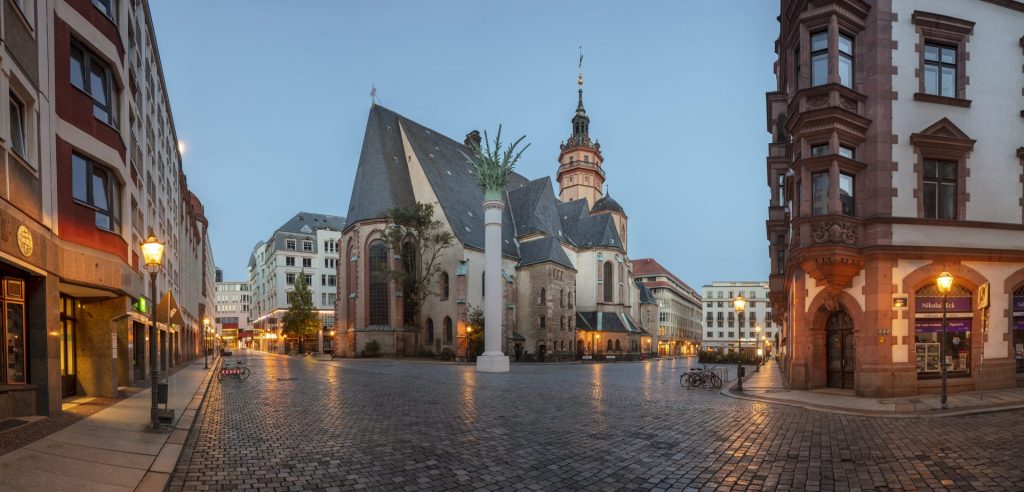
Saint Nicholas Church, Leipzig, East Germany
Every Monday after a candlelit peace vigil at St Nicholas, a small group would leave the church, walk quietly past the Stasi HQ and on to the city’s ring road. Soon the walkers became a tidal wave and the police prepared to use force. Undeterred, the vigil went ahead and 70,000 marched. The following week 120,000 turned up, the next; 320,000. The tidal wave swept away communist leader Erich Honecker, who resigned in October 1989.


